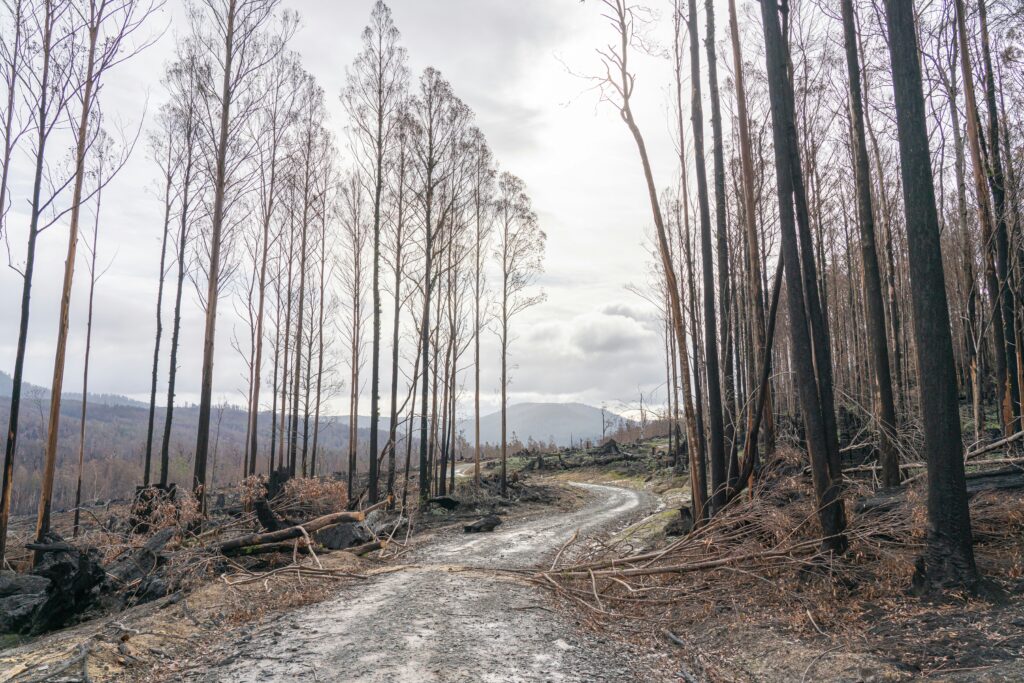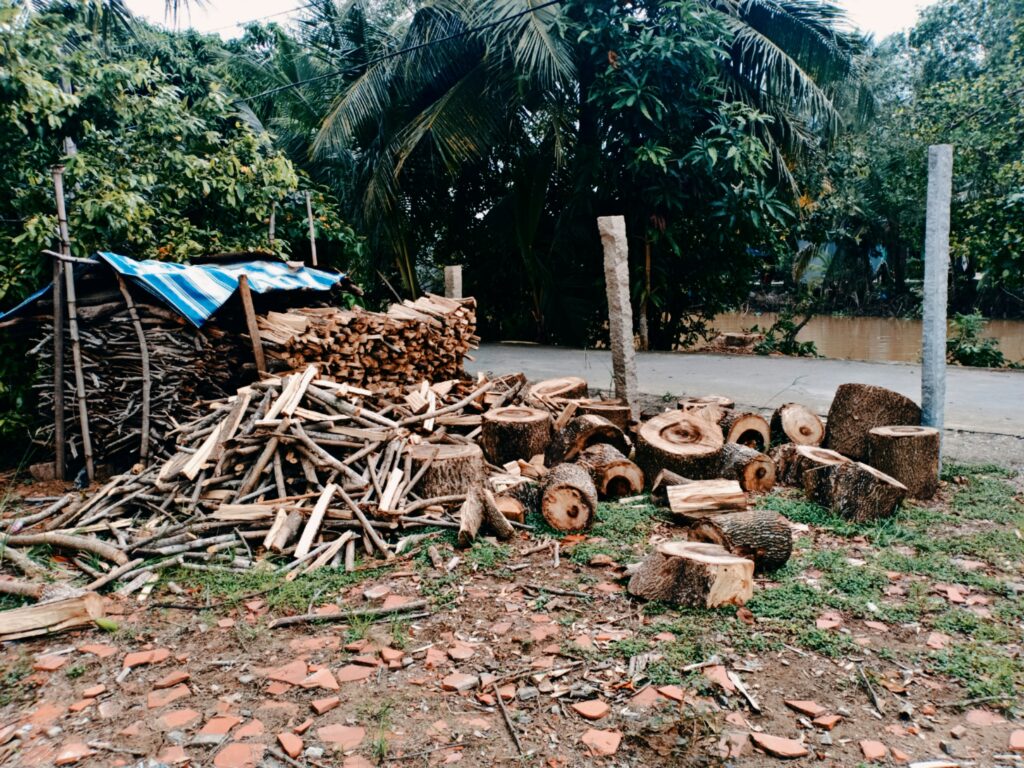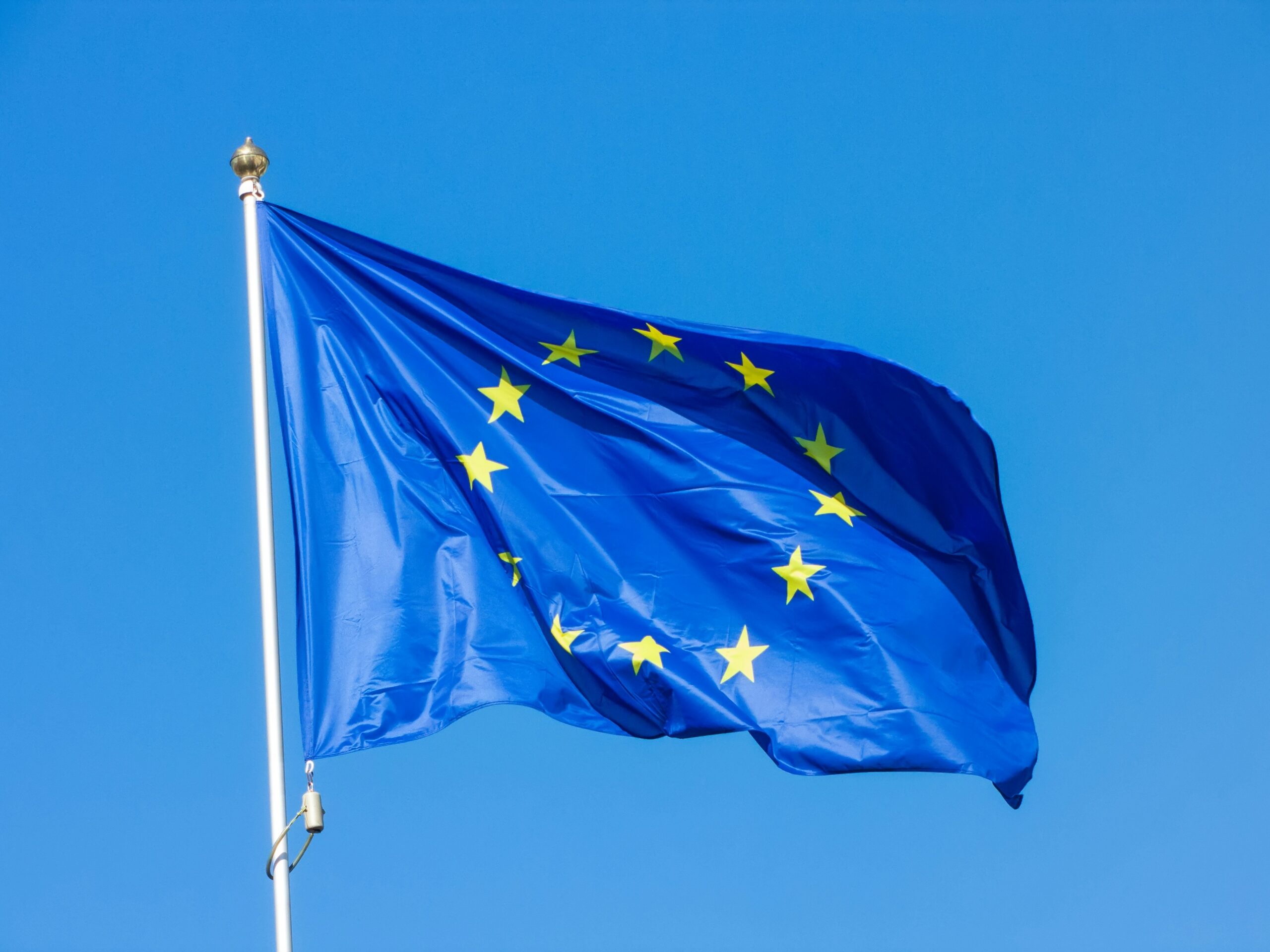The EU Deforestation Regulation (EUDR) has triggered a scramble among companies working with commodities like coffee, timber, cocoa, and soy. The regulation itself is dense, but if there’s one system everyone dealing with EUDR needs to understand, it’s Traces NT. If you don’t know what that is or how to work with it, you’re likely going to run into delays, blocked shipments, or worse.
This guide lays it out clearly. Just what Traces NT is, why it matters, and how you actually interact with it in real-world scenarios.
What Is the Traces NT System?
Let’s start simple. Traces NT (short for Trade Control and Expert System – New Technology) is the EU’s official online platform for submitting Due Diligence Statements (DDS) under the EUDR. These statements are the proof that your product didn’t come from recently deforested land and was legally sourced.
Now, it’s not a brand-new platform. Traces NT existed before and was mainly used in the context of plant and animal health regulations. What the EU did was adapt and expand it to handle EUDR compliance.
So if you’re an operator placing regulated products on the EU market or exporting them from the EU, you’ll be using Traces NT to upload DDS before your goods can move through customs.
Why You Can’t Ignore Traces NT
This isn’t just another checkbox on a compliance form. Traces NT is tied directly to customs enforcement. If your shipment lacks a valid DDS reference number in the system, it doesn’t get through. Simple as that.
Even more, if the data you submit is incomplete or inaccurate, your company could face delays, audits, or financial penalties. That’s why it’s important to treat Traces NT as more than just a file upload tool.
Who Needs to Use It?
Understanding who’s responsible for submitting what is one of the most common pain points. Here’s how it breaks down:
- Operators: These are the first entities placing the product on the EU market. They’re responsible for submitting the DDS. This applies to both EU-based importers and non-EU exporters.
- Traders: If you’re a trader, you might not submit a DDS yourself, but you’re expected to verify that your suppliers have. You need to keep records and be audit-ready.
- Regulatory authorities: Customs and competent authorities use Traces NT to check DDS validity, review documentation, and take enforcement actions if needed.
What You’re Expected to Submit
Every Due Diligence Statement submitted through Traces NT needs to include a core set of data. This is what makes the system operationally demanding.
Here’s the essential data:
- Operator details: Legal entity, contact info, business identifiers
- Product information: Harmonised System (HS) code, product type, volume, weight, etc.
- Source commodity names: Both scientific and common names, where relevant
- Geolocation data: Exact coordinates showing where the raw material was grown or harvested
- Batch or shipment IDs: So the DDS links directly to what’s being shipped
One of the toughest pieces is the geolocation data. You can’t just say “Product of Brazil” anymore. You need plot-level coordinates in GeoJSON format, with polygons or points showing precise origins.

The Submission Process: Two Main Options
Traces NT gives you two ways to submit DDS, and your choice depends on how complex your operations are.
1. Manual Submission via Web Interface
If your company handles just a few shipments per year, the manual method might work. You’ll enter all the details directly into the Traces NT platform, attach your geolocation file, and submit. But there are some caveats:
- The system doesn’t save past submissions
- You have to enter everything from scratch every time
- It’s easy to make formatting mistakes with GeoJSON files
2. API Integration
For larger companies or anyone dealing with frequent shipments, API integration is the smarter move. The Traces NT API was originally not expected to be ready until 2028, but it’s already in place as of the end of 2024.
This lets your internal systems (like your ERP or compliance software) connect directly to Traces NT and push submissions automatically. It cuts down on human error and saves a lot of time, but it’s still somewhat limited and may require custom development.
What Traces NT Doesn’t Do
A lot of confusion comes from expecting too much from Traces NT. It’s a submission system, not a due diligence engine.
Here’s what it won’t do:
- collect supplier data for you
- validate the accuracy of your DDS
- store broader due diligence documentation
- assess sourcing risk or flag high-risk areas
- allow data sharing between you and your customers
So if you were hoping Traces NT would manage your compliance end-to-end, think again. You still need your own internal tools or third-party platforms to handle due diligence, supplier engagement, document storage, and risk assessment.
Enforcement and Spot Checks
Once your DDS is in Traces NT, customs officials and regulators use that reference number to verify your shipment.
They’re mainly checking for two things:
- Is there a valid DDS associated with this product?
- Does the geolocation data raise any red flags?
Authorities can run risk assessments using your coordinates and decide whether to request further proof or even conduct a site-level audit. This is where incomplete or low-quality submissions can hurt you.
Be prepared to back up your DDS with:
- Ownership or land use documentation
- Satellite imagery or maps proving no deforestation after Dec 31, 2020
- Supplier declarations or contracts
- Past records for the same origin location

How Other Tools Connect to Traces NT
While Traces NT is the official platform for submitting Due Diligence Statements (DDS) under the EUDR, it isn’t built to handle everything businesses need for full compliance. That’s where tools like ours at EUDR Compliance come in.
We designed our platform to help companies stay ahead of the curve by simplifying and automating some of the most time-consuming parts of EUDR compliance. Traces NT is great for submission, but it doesn’t give you much support for preparing the data, managing documentation, or coordinating across teams and suppliers. That’s the gap we’re focused on closing.
Our system supports satellite-based deforestation monitoring, provides sustainability insights, and gives you a central place to organize your supply chain data before anything reaches the Traces interface. It’s a smarter way to manage the reporting process and reduce the risk of delays, blocks, or compliance issues at the border.
What We Help With Before You Submit to Traces NT
Here’s how our solution fits into your broader compliance workflow:
- We help you gather and validate the documentation you’ll need to support a DDS
- Our platform highlights key compliance requirements, including product classifications and commodity types
- You can monitor sustainability performance and flag risks early, before you finalize your DDS
- We centralize the compliance process so you can track everything in one place before submitting through Traces NT
- We support all major EUDR-regulated commodities like coffee, cocoa, timber, palm oil, and cattle
We don’t replace Traces NT. Instead, we make sure you’re fully prepared for it. You still need to submit your Due Diligence Statement directly to the official EU system, but with our help, you’ll know that your data is complete, your sourcing is traceable, and your documentation is audit-ready.
In short, we’re here to make EUDR compliance not just possible, but manageable. If you’re still relying on spreadsheets or scattered PDFs to piece together your DDS, there’s a better way.
Some other platforms include:
- Interu: Focused on supply chain traceability and geolocation management. Useful for companies needing to gather high-quality source data.
- TradeAware by LiveEO: Offers satellite analytics, automated risk detection, and one-click DDS submission via Traces NT API.
- TraceX: Helps companies digitize supplier info, collect on-the-ground data, generate DDS, and push it into Traces NT through integrated workflows.
These tools aren’t mandatory, but for most companies, using one is the only practical way to scale EUDR compliance.
Common Issues Businesses Run Into
Let’s be honest. The regulation isn’t simple, and the tools aren’t perfect. These are some of the issues companies have already reported:
- Unclear supplier responsibilities: Many companies don’t know who upstream needs to submit what
- Poor geolocation quality: Small producers often don’t have GPS tools or digital records
- Disconnected systems: Procurement, logistics, and sustainability teams all use different tools
- Lack of audit preparation: Companies submit DDS but can’t back them up with documentation
Solving these problems takes time and usually requires new workflows or systems to tie everything together.

Tips to Make It Work Without Headaches
Here’s a short list of practical tips that might save you from major issues later:
- Don’t rely on your supplier’s DDS. You still need to submit your own if you’re an operator.
- Check your geolocation data early. Waiting until the last minute creates unnecessary delays.
- Test the platform before go-live. Get familiar with the manual interface or test API endpoints in a sandbox if available.
- Keep records for 5 years. That’s the retention requirement under EUDR.
- Expect spot checks. If your sourcing areas are in high-risk regions, authorities will pay attention.
Final Thoughts
Getting a DDS into Traces NT is just one step in EUDR compliance. It’s a critical one, but it doesn’t replace your due diligence responsibilities. Think of it as your interface with the EU, not your internal system of record.
To stay compliant, companies will need both: a reliable way to submit to Traces NT and a robust process for collecting, checking, and storing all the supporting data behind it.
That’s what keeps your shipments moving and your business on the right side of the regulation.
FAQ
Do I have to use Traces NT if my supplier already submitted a DDS?
Yes, if you’re classified as an operator under the EUDR, you’re responsible for submitting your own Due Diligence Statement, even if someone else upstream already submitted theirs. The regulation doesn’t let you pass the responsibility along. You can reference their data, but the actual submission is still on you.
Is Traces NT the same thing as the Due Diligence Registry?
Not exactly. The Due Diligence Registry is the legal requirement under the regulation – it’s the concept that all DDS data must be submitted and stored. Traces NT is the platform the EU built to actually handle that task. So you use Traces NT to meet the Due Diligence Registry obligation.
What if I make a mistake in my submission? Can I fix it later?
Traces NT doesn’t currently support easy editing after submission, which makes it important to double-check everything before you hit send. If you realize there’s an issue, you’ll likely need to submit a new DDS or contact the relevant authority to resolve it. Not ideal, but better than letting wrong data slip through.
Do low-risk countries still require DDS submissions in Traces NT?
Yes, even if you’re sourcing from a country considered low risk, you’re still expected to submit a DDS through Traces NT. The difference is that the inspection rate might be lower, but the compliance obligation is the same.


